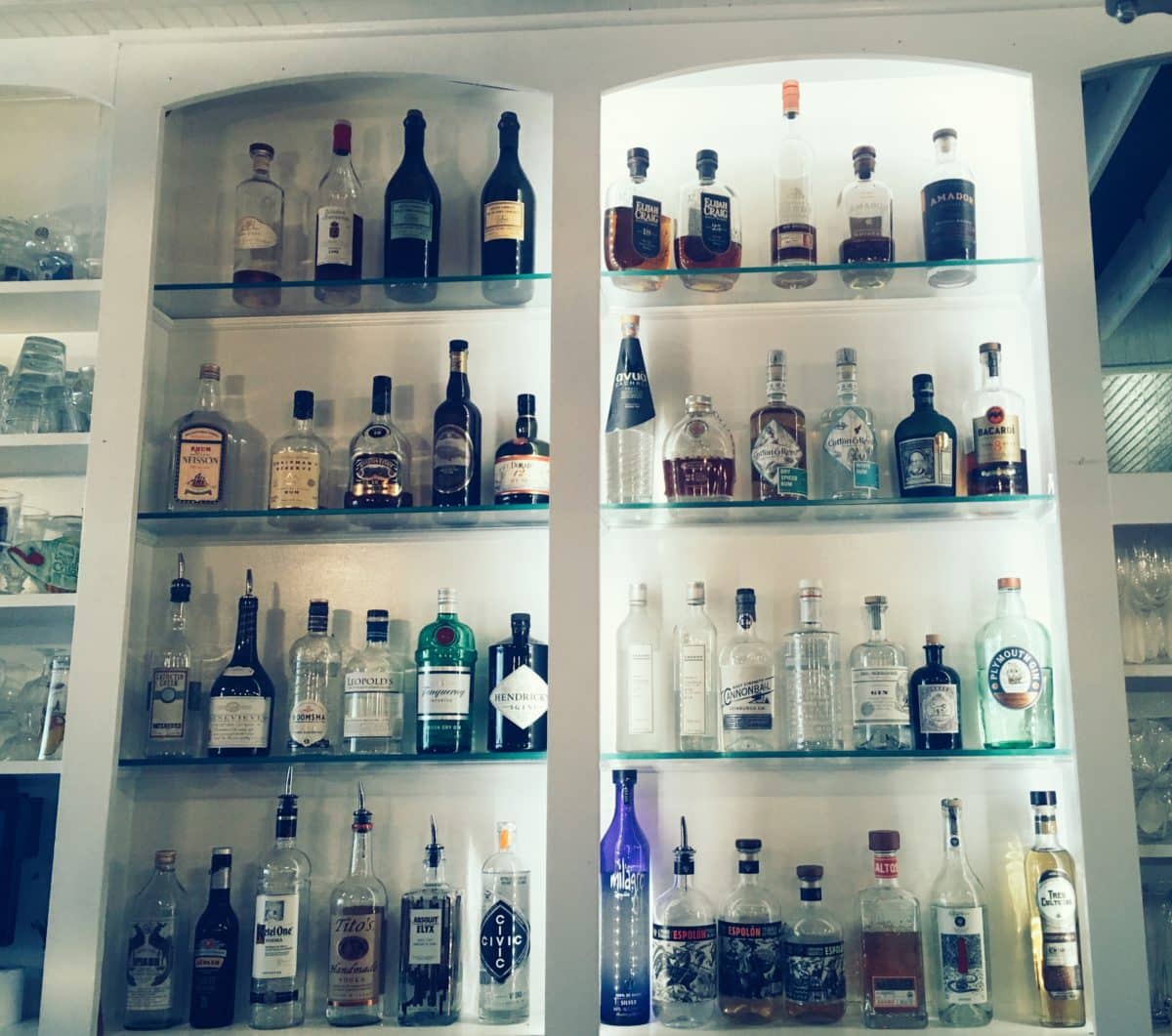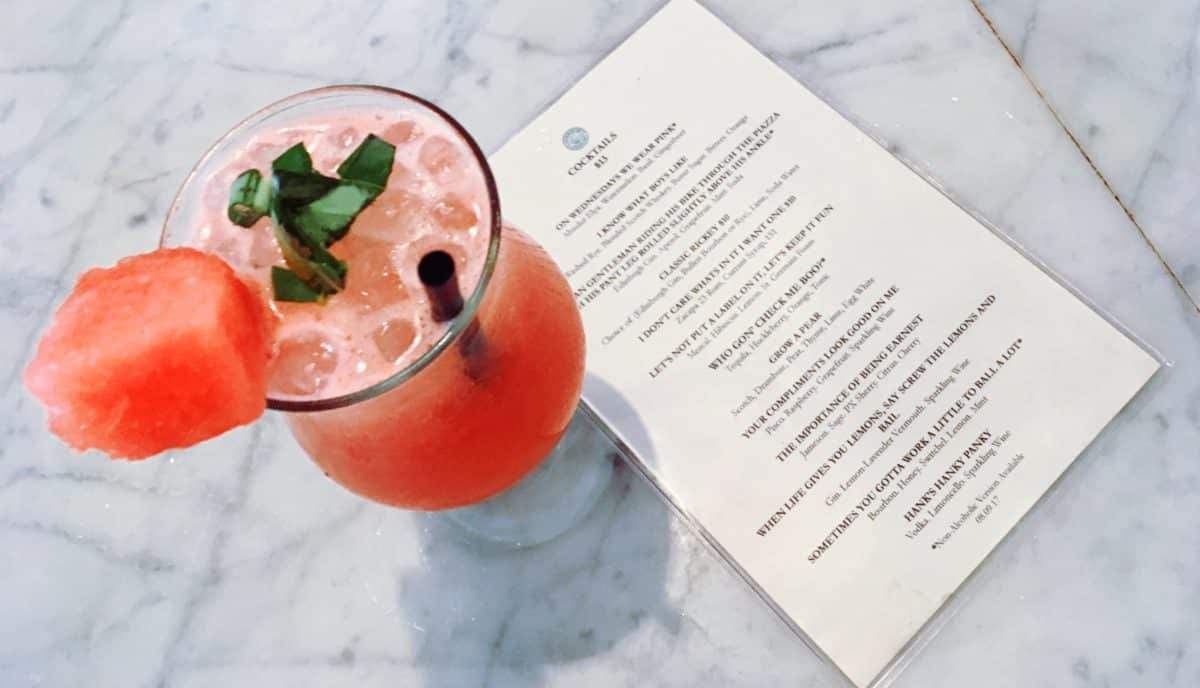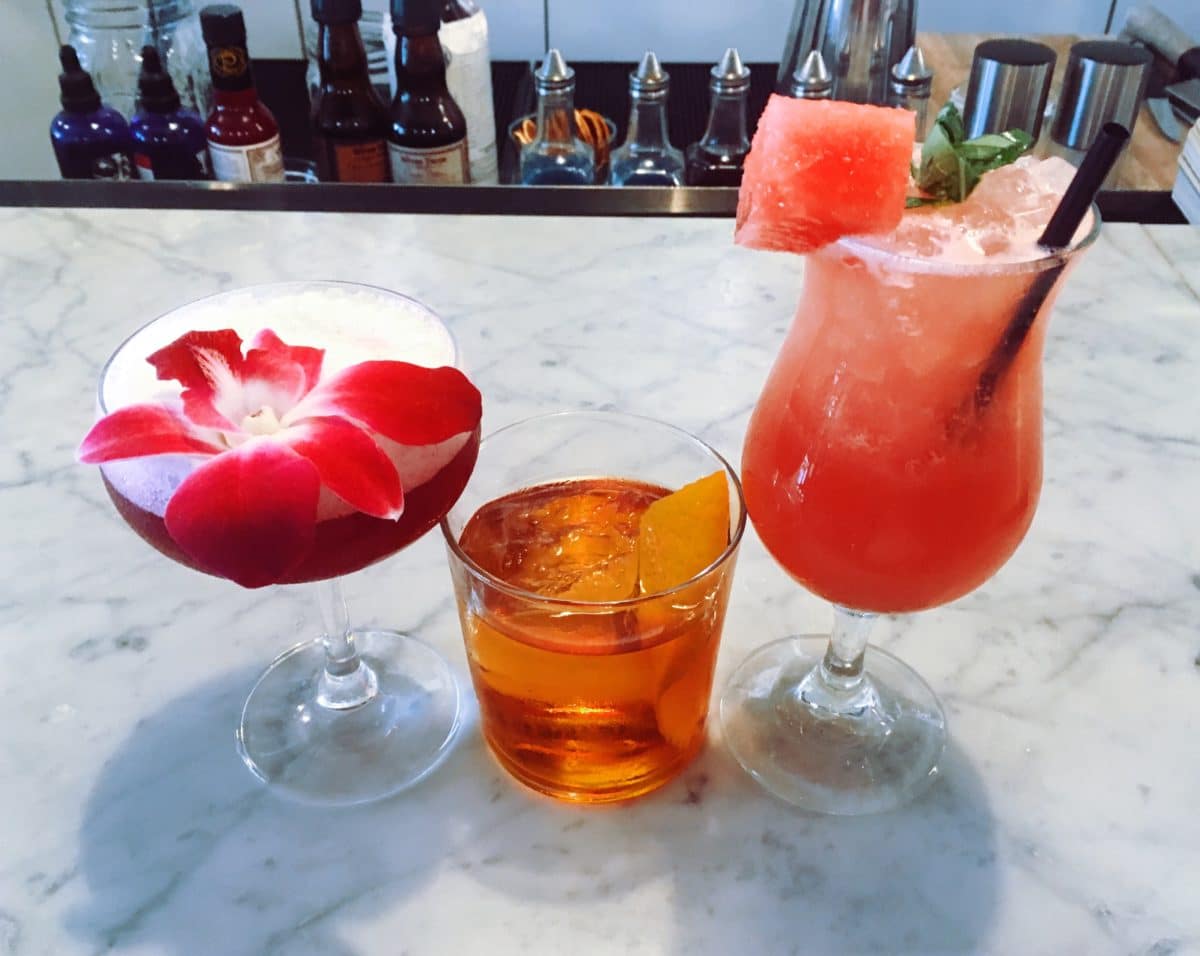Whenever people find out we’re cocktail people, they feel the need to come clean that they usually order beer or wine. They say they like cocktails more than beer or wine, but ordering one feels too much like high stakes gambling. If you’re going to spend $15 and a precious round of alcohol consumption, you want to be confident you’ll enjoy it. Far too often people find that their cocktails are a miss. So, they turn to the safer bets of beer or wine.
Unfortunately, today’s bartenders usually make matters worse. Instead of guiding you toward a drink you’ll like, they hide what they’re doing like magicians protecting their tricks, or they brush off questions with stuffy superiority. Asking a bartender a question can be intimidating and seldom illuminating — and cocktail menus can seem a bit like trying to read a foreign city’s subway map unless you know what to look for and what to ask.

Step 1: Take note of the first ingredient
The first spot on a drink’s ingredient list usually goes to the dominant ingredient by volume, and usually by flavor. It will almost always be one of the base spirits, the highly alcoholic cornerstones of cocktails: gin, whiskey, vodka, tequila, brandy, and rum.
If the first listed ingredient isn’t one of them, it’s likely what’s known as a reversed drink; one of the lower-alcohol ingredients that usually plays a secondary role gets to lead. If your main complaint with cocktails is that they’re too boozy, keep your eyes out for these drinks; they have less alcohol but just as much flavor.
You probably know your favorite spirit, and you probably also have a spirit you avoid (usually with a story behind it involving a college party and red plastic cups). Consider giving that old nemesis a second try; it will taste a lot different in a well-made cocktail at a nice bar. Another way to step outside your comfort zone is to stick with your usual base spirit, but look further down the ingredient list for unusual or unfamiliar flavors.
Tip: Age mellows spirits. If the description says ‘aged,’ or lists a number of years greater than 3, it means the drink will be smoother.
Step 2: Check for brand names

It’s usual for bars to list the brands of their ingredients, particularly of base spirits. If the brand is recognizable from advertising, count the number of ingredients. Brands with big marketing budgets are often middle of the road in flavor. If there are only one or two other ingredients, it means the drink as a whole will also likely be middle of the road. If there are several ingredients, the base spirit is playing a workhorse role, while a blend of secondary ingredients contributes the flavor complexity.
If you don’t recognize the brand, don’t worry. New brands are released all the time and while a different brand will make a difference in the drink, only within a range of tolerance. So, don’t be afraid of an unfamiliar brand.

Tip: If you order something with an unfamiliar brand and especially like it, take note; it may be something you’ll want in your home bar.
Step 3: Consider the rest of the list
You’ve already figured out the base of the drink and how strong or light it’s likely to be. The majority of the remaining ingredients will be fortified wines and liqueurs; most drinks use them to take the harsh edge off and add different flavor elements. Fortified wines like vermouth, sherry, and port are wines spiked with a little brandy, giving them an alcohol content midway between wine and spirits. Liqueurs are spirits that have been sweetened and spiced (popular ones include St. Germain, Cointreau, Chartreuse, and Amaro). While it’s impossible to keep track of them all, it’s important to know that their presence is going to add an herbal element, some bitterness, a touch of sweetness or all of the above to your drink, cutting the alcoholic bite without diluting the flavor.
Tip: Ask the bartender, ‘What’s the dominant flavor?’ It will give you a sense for the main flavors of the drink and for the intensity of alcohol flavor. Best of all, it gets beyond the simplistic answer you’re likely to get if you ask, ‘What’s the drink like?’ ‘Oh, it’s not too sweet.’

Step 4: Know how your drink will be served
Knowing the glass will tell you a lot about the drink. There are three sizes of glass in which cocktails tend to be served:
1. A martini glass, without ice, known as ‘straight’ or ‘up’; these will be intense, concentrated, and complex, meant to be savored in small sips.
2. A short glass called an old fashioned glass, with ice; these start strong and get softer over time.
3. A tall glass called a highball, with ice and club soda or juice, known as ‘on the rocks.’ These are lighter and more effervescent from the beginning.
Each taste profile is distinctive, but all three contain the same amount of alcohol and have the same impact on your blood alcohol level.
The menu should give you hints as to how your drink will be served. Seltzer in the ingredients, for instance, is the tipoff of a highball. If you can’t tell from the menu, ask your bartender, ‘What type of glass is this drink served in?’
Tip: Be cautious of highballs with a vodka base. They’re often more alcohol delivery system than cocktail, with simple and sweet flavors meant to hide the presence of alcohol.
Ordering cocktails is more difficult than it should be, but it’s worth the effort to learn how to order them. Use these tips to know what to ask a bartender, how to read a menu, what’s essential in it and what’s fluff. We’ll count it a personal failure if you want a cocktail but still end up with wine. ![]()
